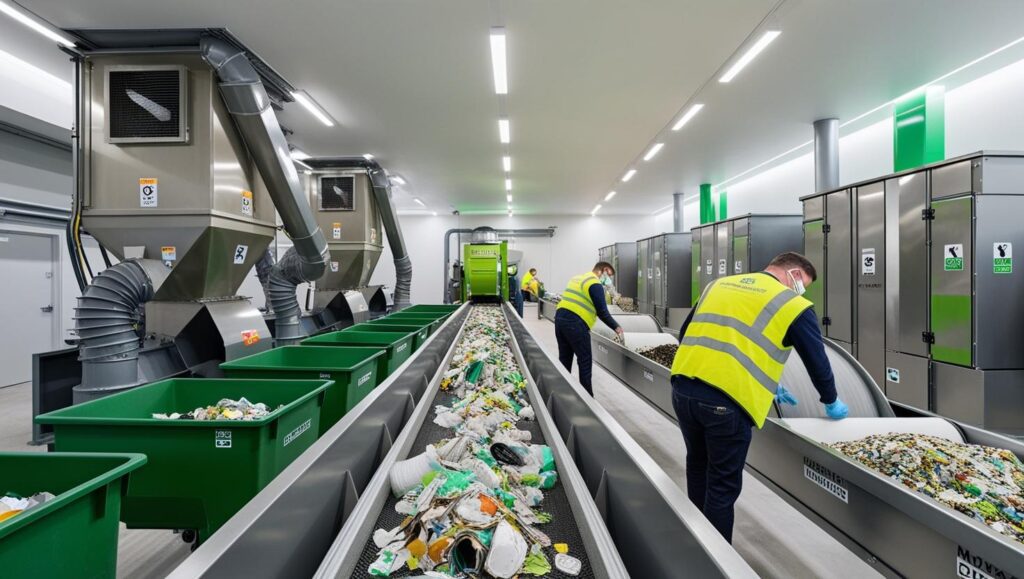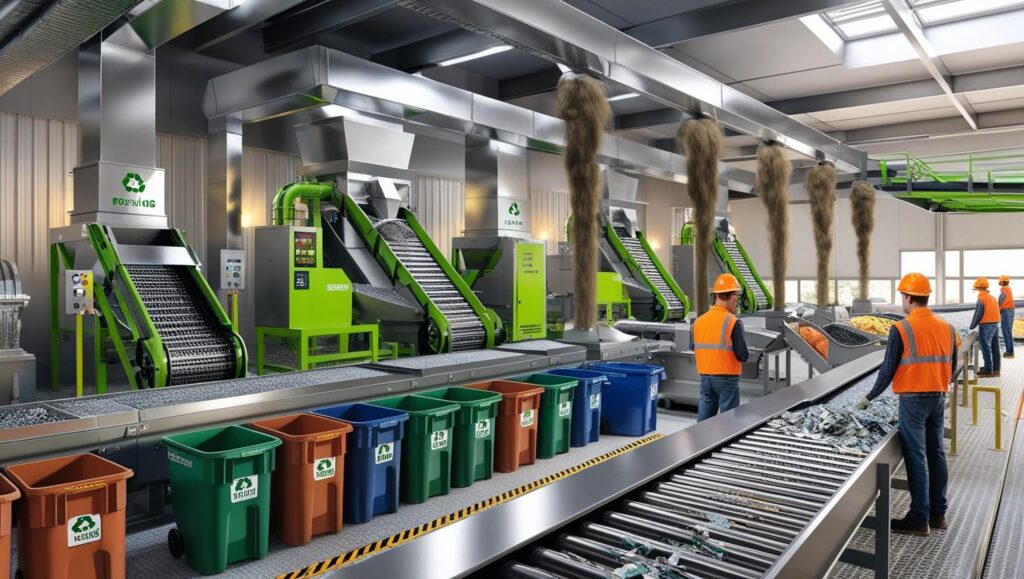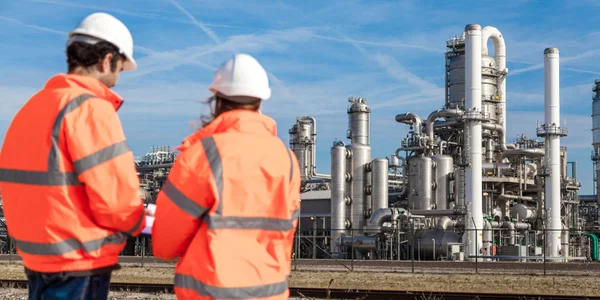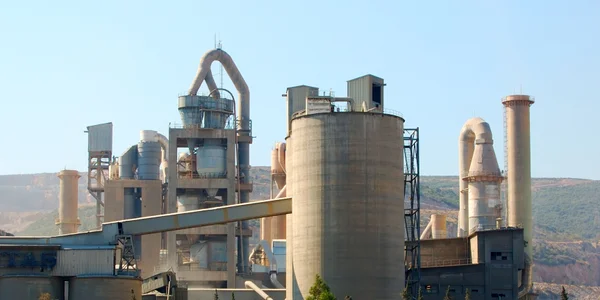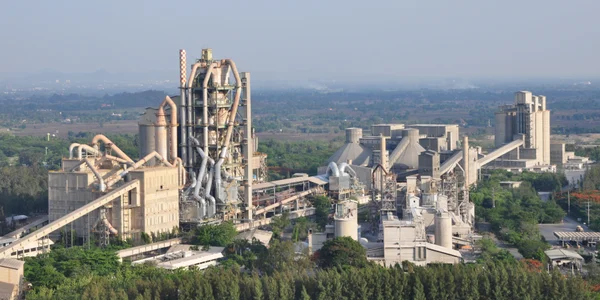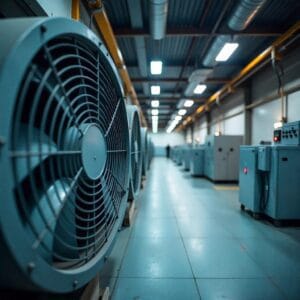부엌
본사

독일
- Intensiv 필터 Himenviro Technologies GmbH
Neustraße 45 - 49, 42553, Velbert, 독일/독일 - +49 20534200990
지역 사무소

대 브리튼 섬
- Intensiv Filter Himenviro UK Limited
47, Bath Street WS13BX, 월솔 웨스트 미들랜드, 영국 - +44 1922 628893
지역 사무소

아랍에미리트
- 집중 필터 Himenviro Technologies FZE – LLC
비즈니스 센터, 샤르자 출판 도시 자유무역지구, 샤르자, UAE - +971-556074697
지역 사무소

인도
- 인텐시브-필터 히멘비로 프라이빗 리미티드
D-247/11, Sector-63, Noida - 201301, Uttar Pradesh, India - +91-120-4642-500
지역 사무소

인도
- 인텐시브-필터 히멘비로 프라이빗 리미티드
D-247/11, Sector-63, Noida - 201301, Uttar Pradesh, India - +91-120-4642-500
지역 사무소

인도
- 인텐시브-필터 히멘비로 프라이빗 리미티드
D-247/11, Sector-63, Noida - 201301, Uttar Pradesh, India - +91-120-4642-500
폐기물 처리 공기 및 먼지 여과 솔루션
폐기물 처리 산업은 폐기물 수거, 이송, 처리, 소각, 재활용 등 복잡한 공정을 거치며, 이러한 모든 과정에서 상당한 양의 분진, 유해 미립자, 그리고 유해 배출물이 발생합니다. 이러한 배출물을 제대로 관리하지 않으면 근로자 건강, 규정 준수, 그리고 환경 안전에 위험을 초래할 수 있습니다. 당사의 첨단 공기 및 분진 여과 솔루션은 폐기물 관리의 어려움을 해결하고 모든 중요 단계에서 미세 입자와 오염 물질을 포집하도록 설계되었습니다. 맞춤형 시스템을 통해 폐기물 처리 시설의 작업 환경을 깨끗하게 유지하고 유해 배출물을 줄이며 엄격한 기준을 충족할 수 있도록 지원합니다. 환경 기준.
폐기물 처리 산업의 먼지 여과 공정

반응기용 필터
- 1. 소각장
- 2. 반응기
- 3. 반응기용 필터
- 4. 데녹스 식물
- 5.굴뚝
- 6. 천연가스
- 7. 열교환기
- 8. 환풍기
필수 사양
폐기물소각의 폐기물 처리 과정
일반적인 설계 데이터 | 폐기물 소각 |
|---|---|
가스량 | 60,000-100,000 |
가스 온도 | 140~180 |
먼지의 종류 | 플라이애시 |
잔류먼지 함량 | < 10 |
원료가스 분진 함량 | 5 – 10 |
청소 | 온라인 |
필터 매체 | |
폭발 방지 설계 | 필요하지 않다 |
흡착제 | 수산화칼슘, 가마코크스, 활성탄, 중탄산나트륨 |
하수슬러지 소각의 폐기물 처리 공정
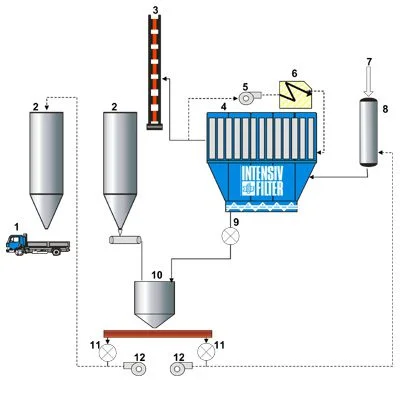
- 1. 터미널
- 2. 사일로
- 3. 굴뚝
- 4. 반응기용 필터
- 5. 순환 공기 팬
- 6. 히터 배터리
- 7. 소각장에서 발생하는 폐가스
- 8. 환풍기
- 9. 리시버 탱크
- 10. 리시버 탱크
- 11. 블로우 스루 밸브
- 12. 에어 드라이어
폐기물 처리 먼지 제어를 위한 응용 프로그램
먼지 제어를 위한 규제 환경 |
|---|
대기 질 기준 준수 |
근로자 건강 및 안전 규정 준수 |
유해 배출 관리 |
연소 및 폭발 방지 |
냄새 관리 규정 |
지속 가능한 환경 관행 |
배출 모니터링 및 보고 |
폐기물 관리 규정 |
에너지 효율 지침 |
먼지 제어 과제 |
|---|
높은 먼지 양 |
건강 위험 |
냄새 배출 |
규정 준수 |
화재 및 폭발 위험 |
장비 마모 및 파손 |
유해 폐기물 처리 |
환경 영향 |
교차 오염 |
효과적인 먼지 제어를 위한 주요 고려 사항 |
|---|
고급 집진 시스템 |
냄새 및 VOC 제어 |
내열 여과 |
바이오에어로졸 여과 |
실시간 배출 모니터링 |
유해 분진 격리 |
정기적인 유지관리 및 검사 |
에너지 효율적 솔루션 |
맞춤형 식물 적응 |
전문가 상담을 위해 저희에게 연락하세요
다른 서비스를 살펴보세요!
자주 묻는 질문
폐기물 처리 환경에서 공기 및 먼지 여과는 폐기물 취급, 소각 또는 처리 과정에서 발생하는 유해 입자, 가스, 악취를 포집하는 데 필수적입니다. 이러한 오염 물질은 처리하지 않고 방치할 경우 심각한 건강 및 환경적 위험을 초래할 수 있습니다. 효과적인 여과 시스템은 규정 준수를 보장하고, 작업자 안전을 보호하며, 보다 깨끗한 운영을 가능하게 합니다.
폐기물의 종류와 처리 공정에 따라 다양한 여과 시스템이 사용됩니다. 일반적인 솔루션으로는 미세 입자를 포집하는 백하우스 필터, 산성 가스와 용해성 화합물을 제거하는 습식 스크러버, 그리고 악취 제거를 위한 활성탄 시스템 등이 있습니다. 사이클론 분리기는 미세 여과 전에 큰 입자를 처리하는 데 자주 사용됩니다. 공기-공기 열교환기는 폐기물 소각 시설에서 에너지 회수에도 사용될 수 있습니다.
여과 시스템은 먼지, 유독 가스, 휘발성 화합물의 배출을 줄여 시설이 국내 및 국제 환경 기준을 충족할 수 있도록 지원합니다. 여과 시스템은 배출을 허용 한도 이하로 유지하는 데 중요한 역할을 하며, 환경 허가를 획득하고 대중의 신뢰를 유지하는 데 필수적입니다.
